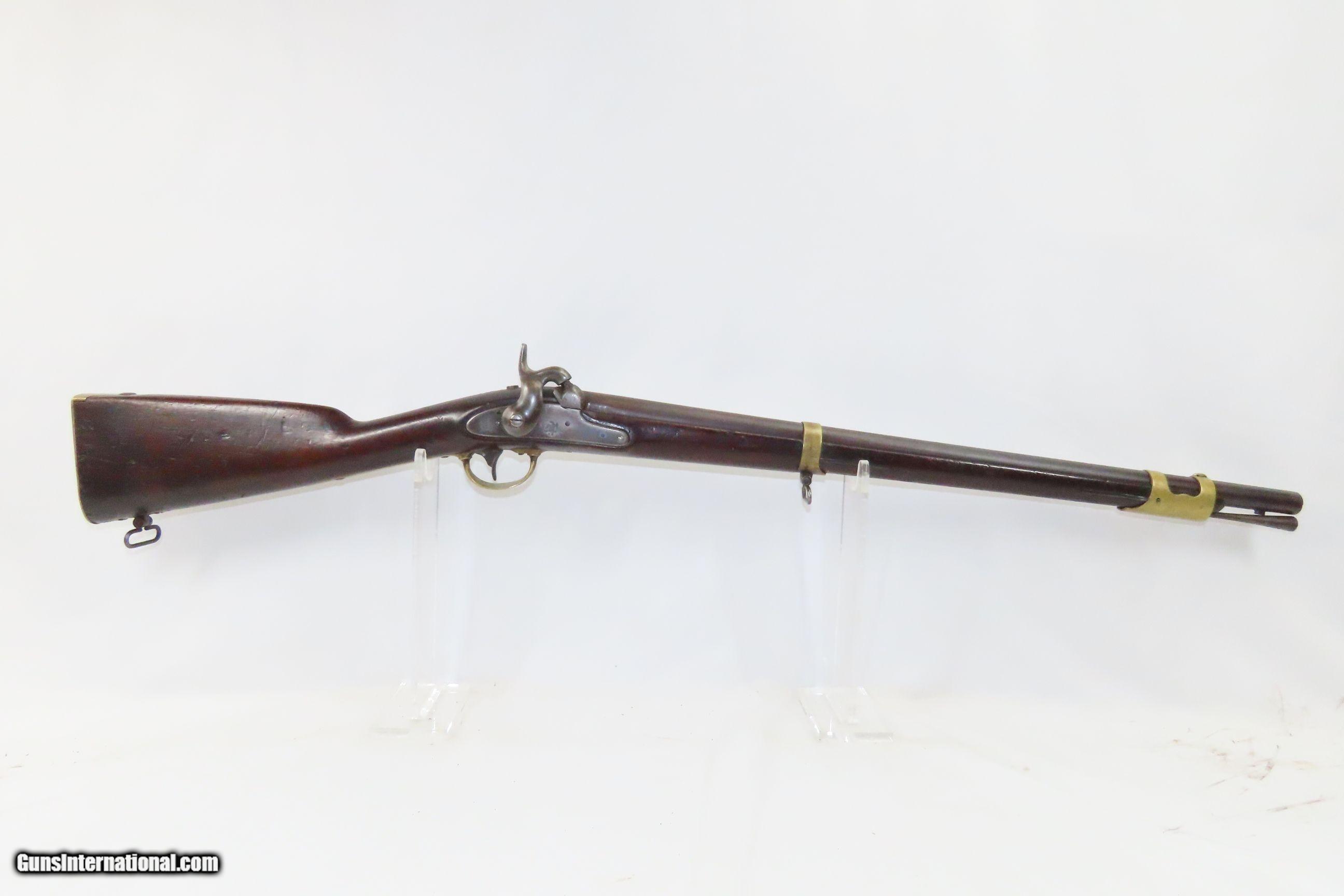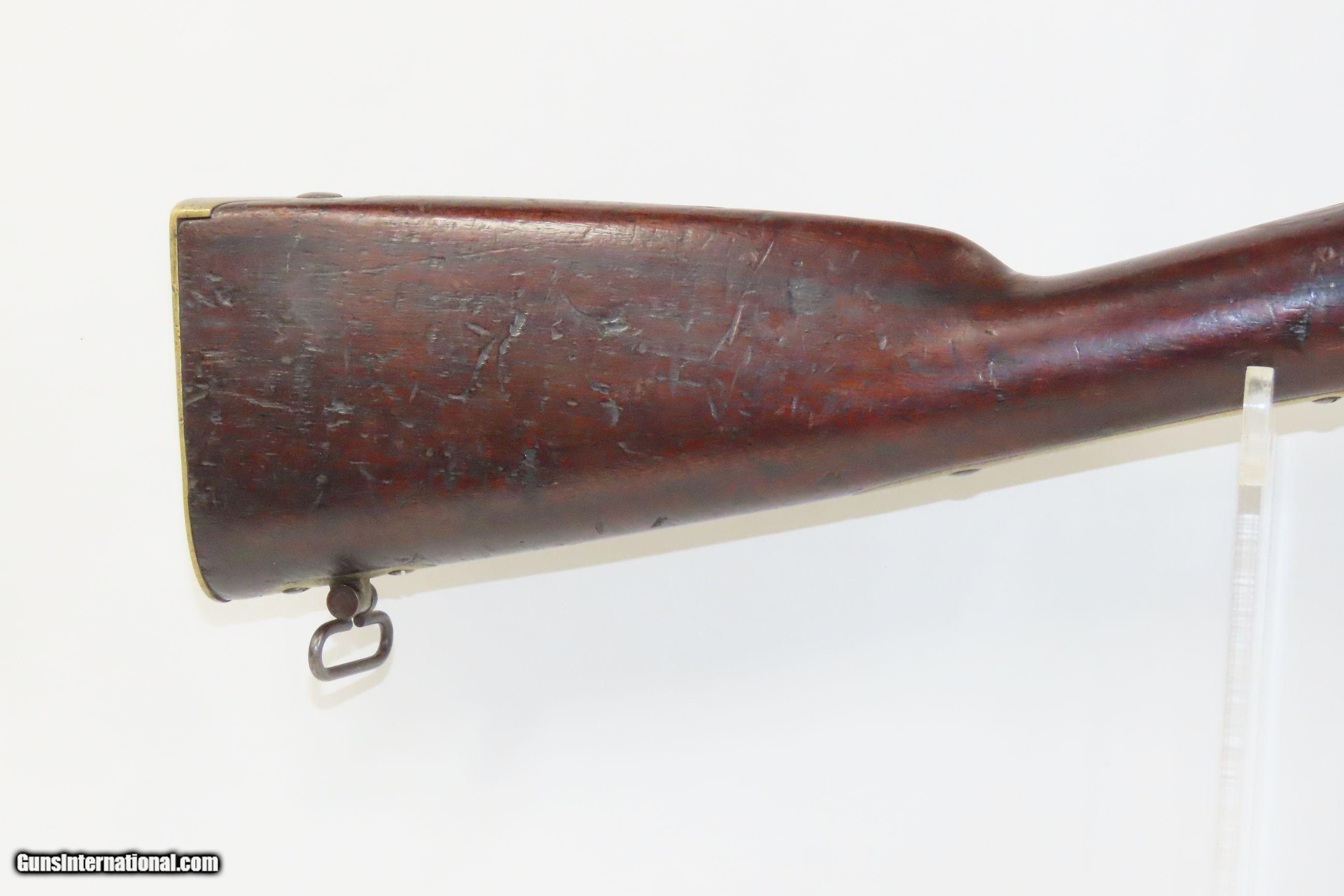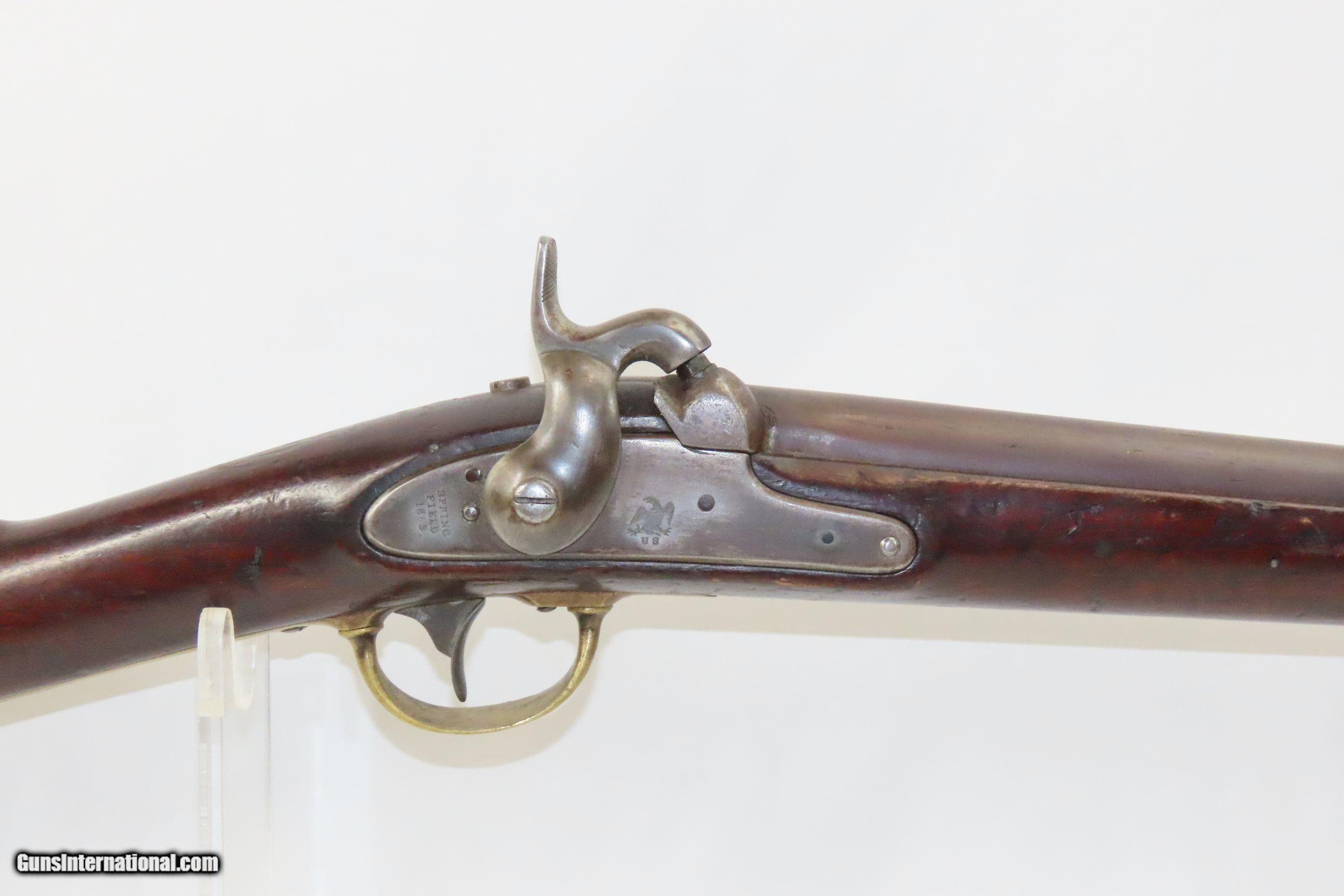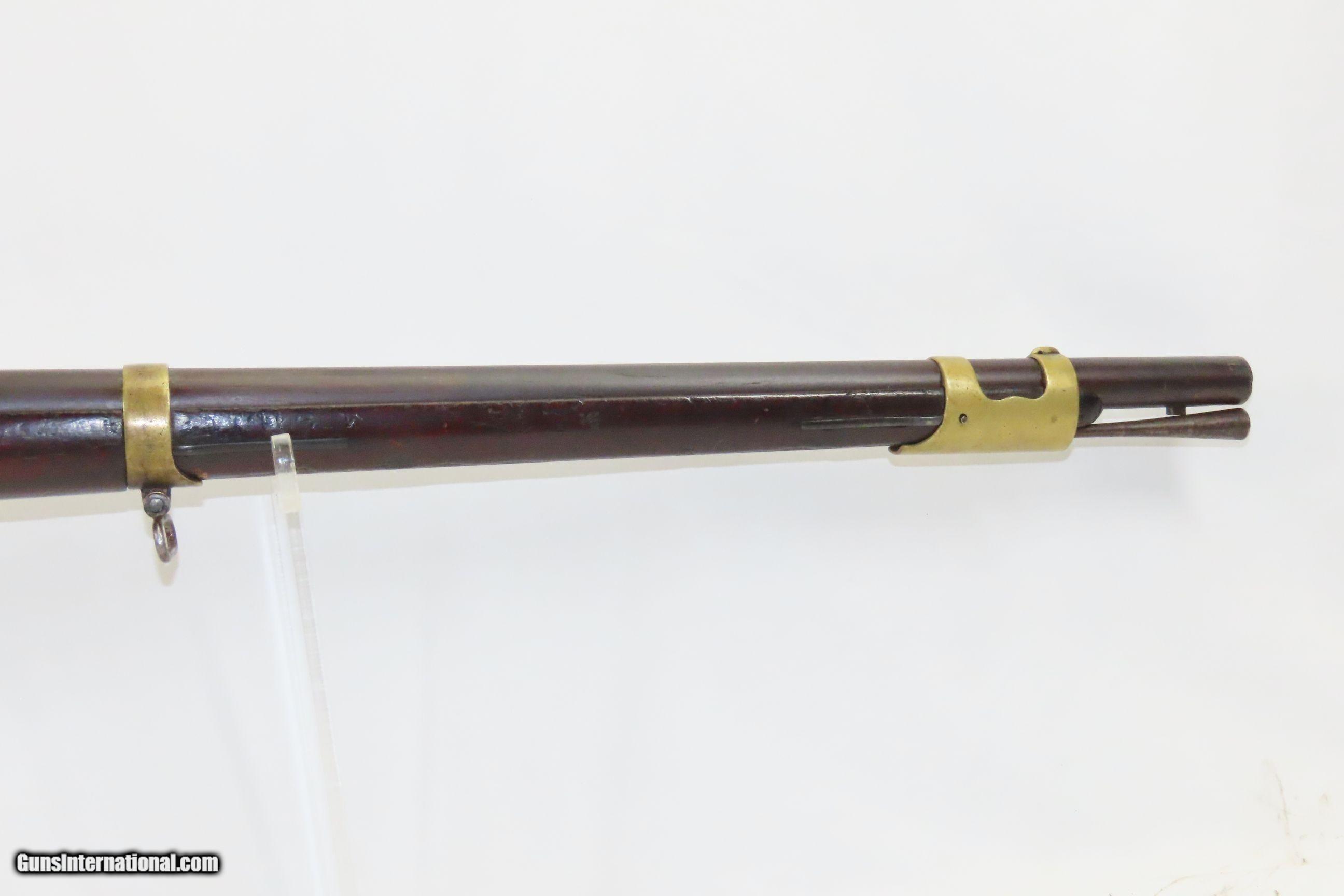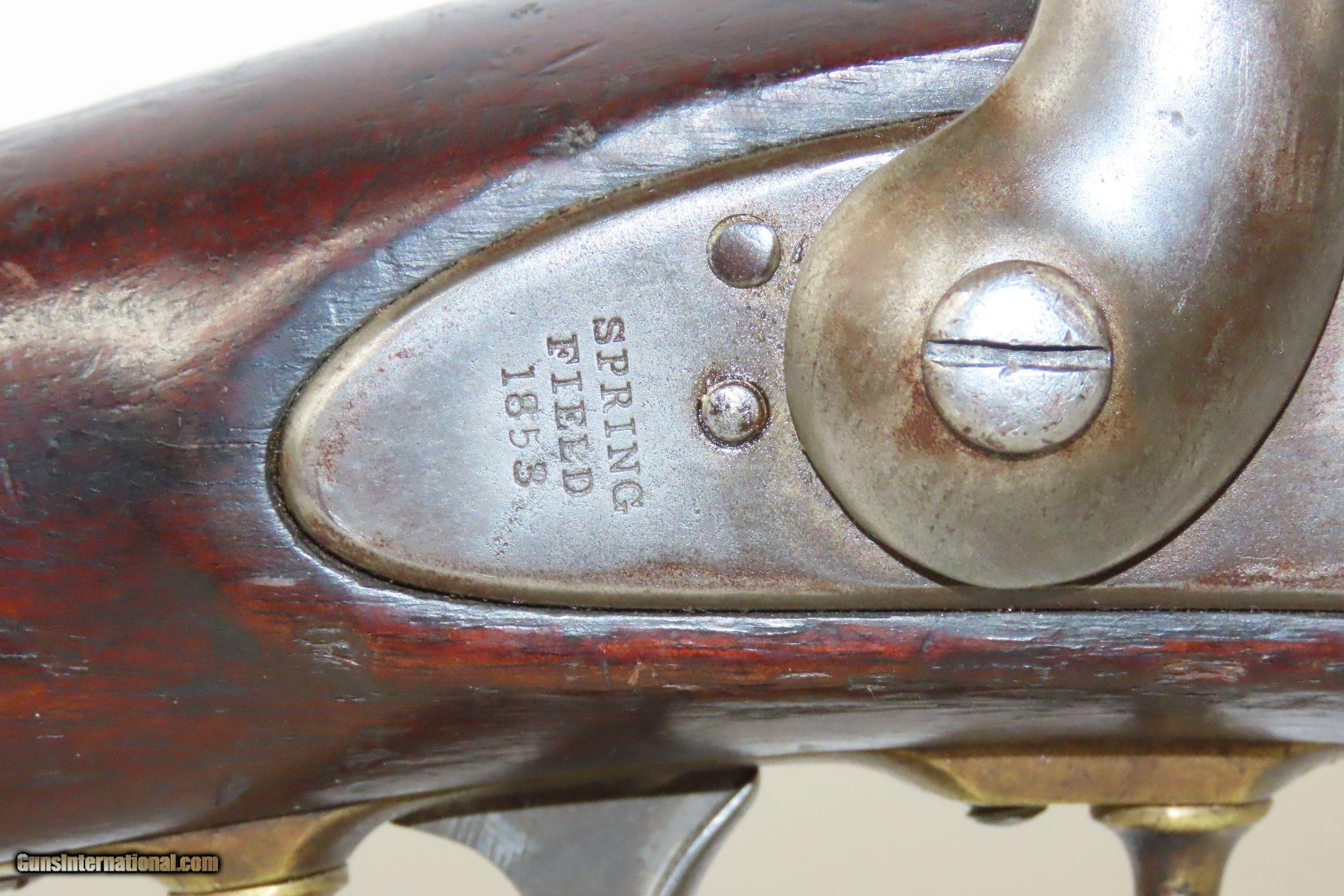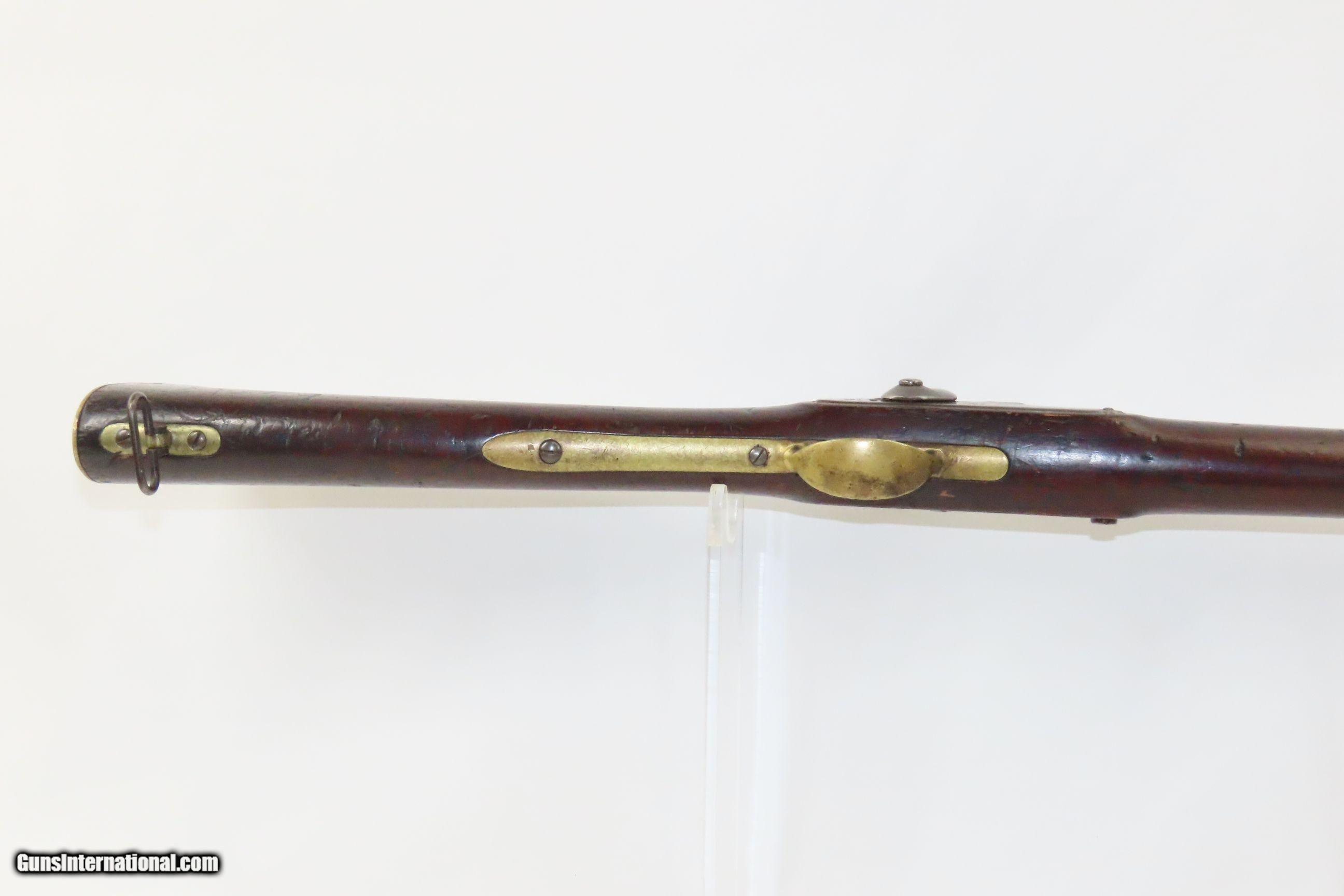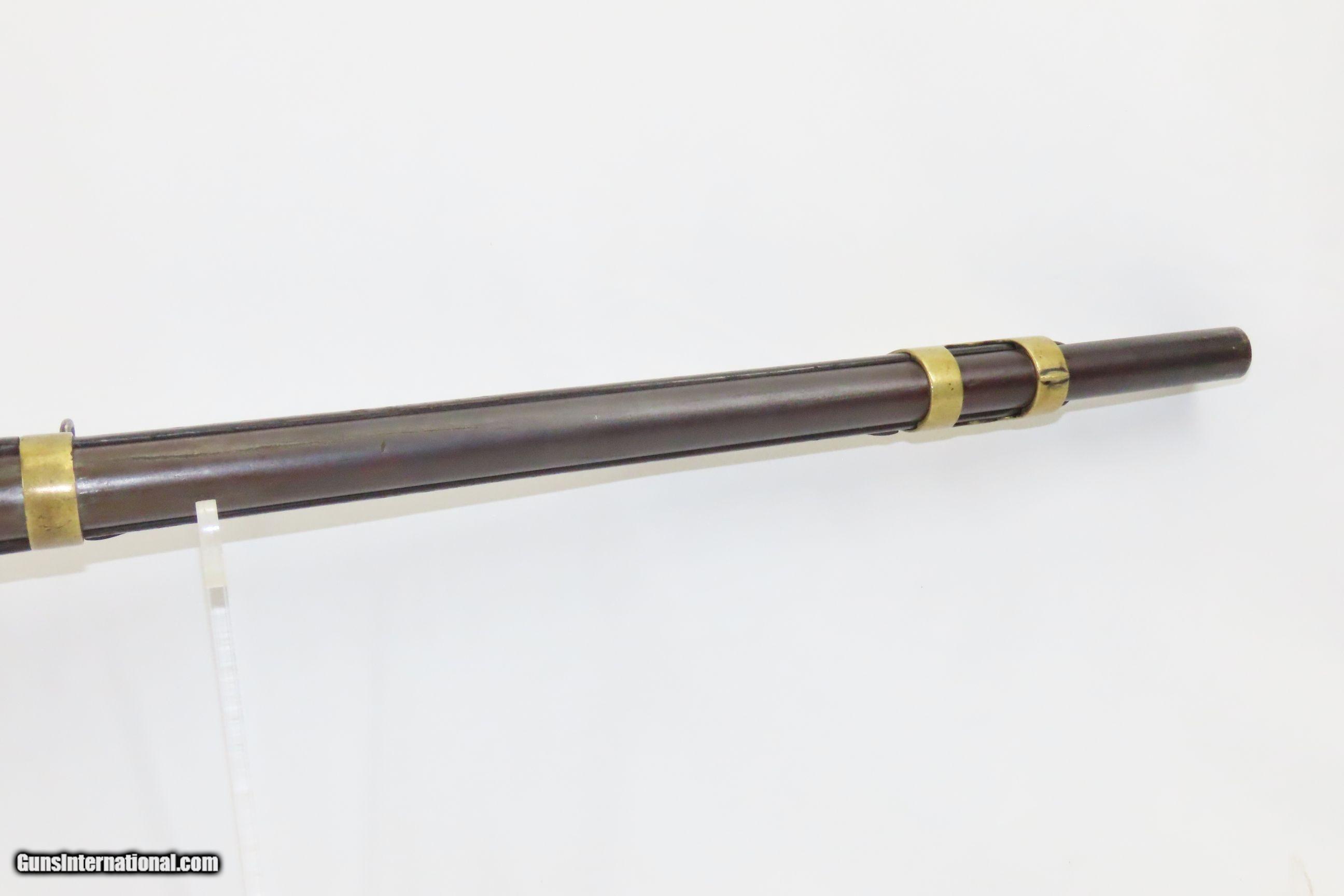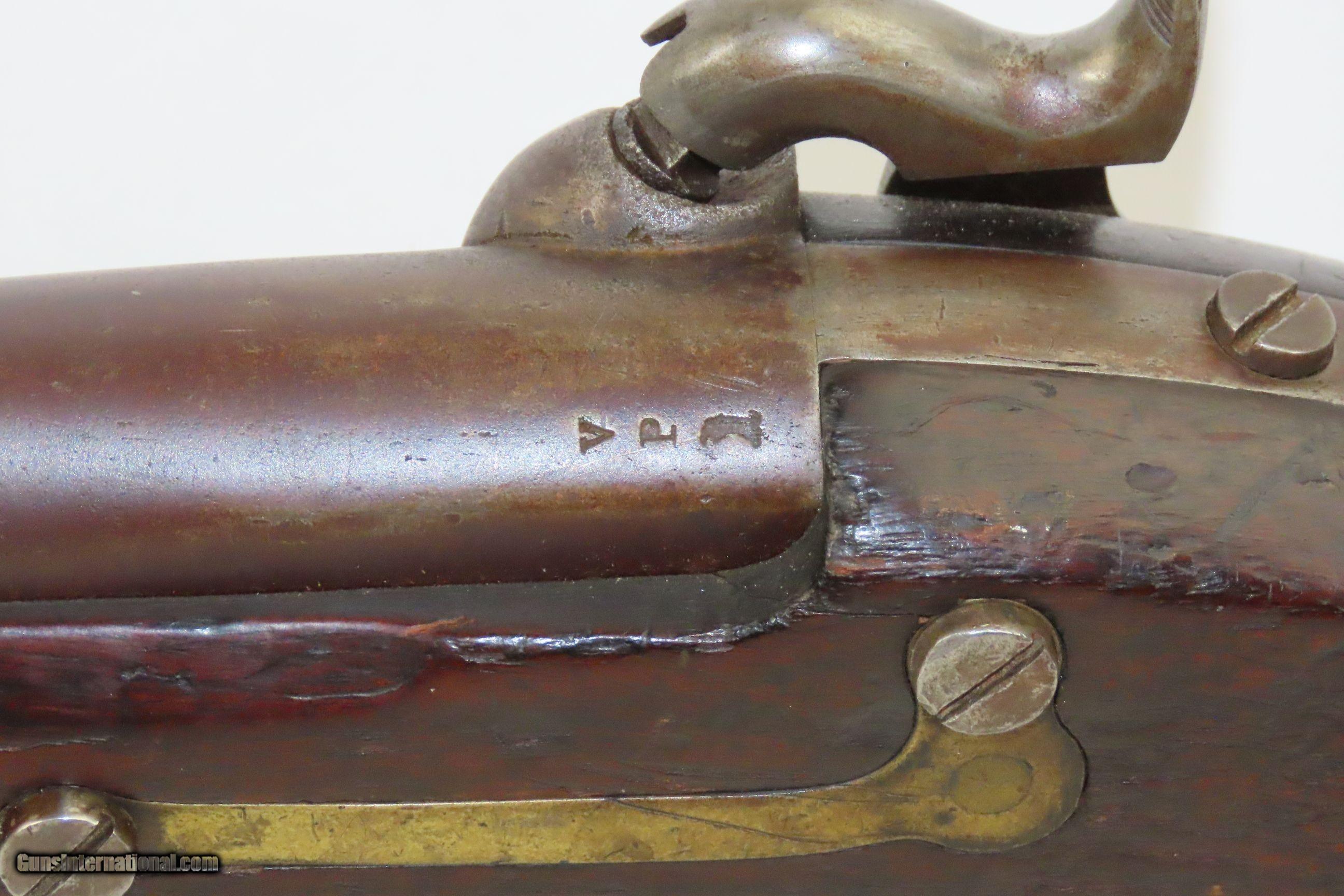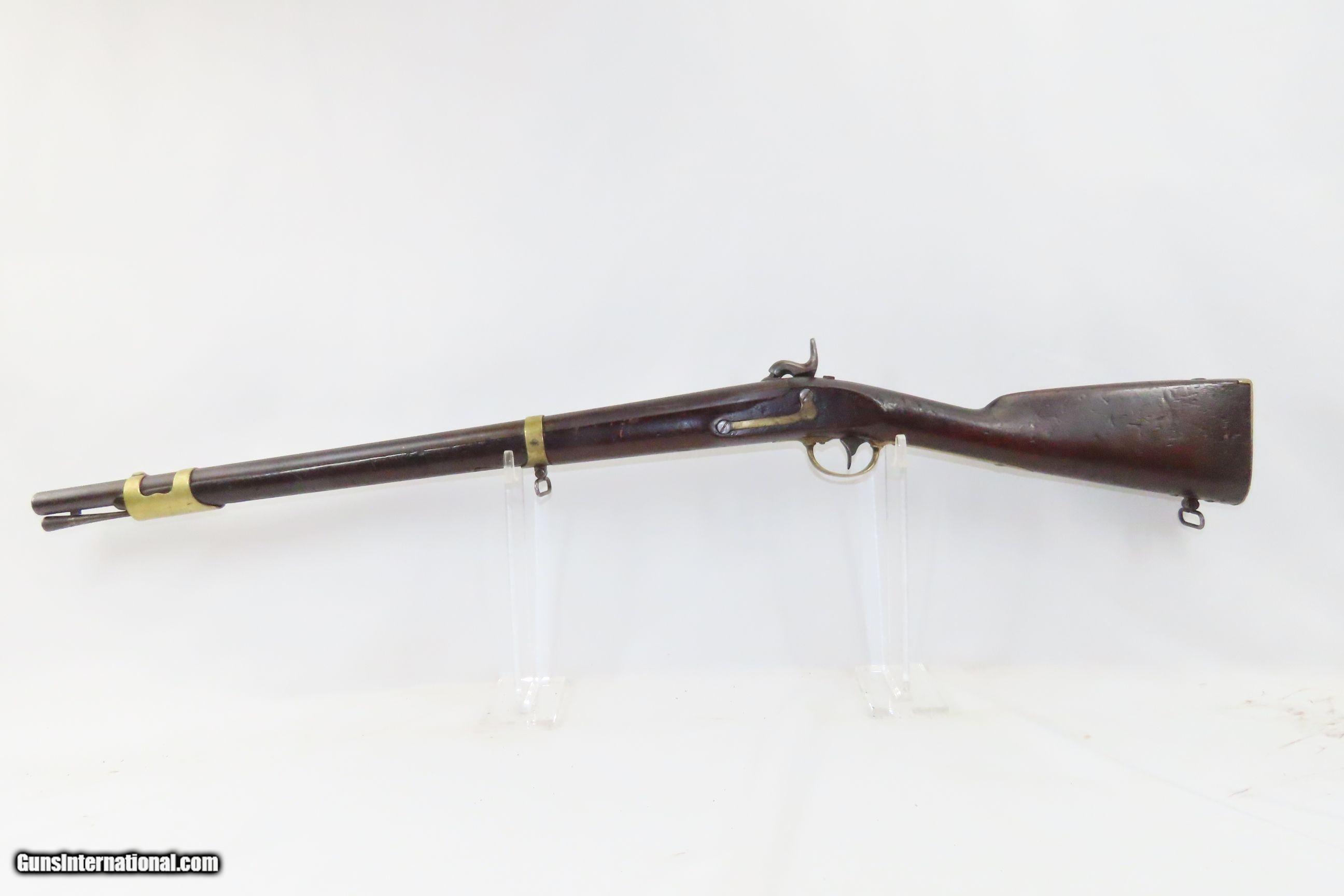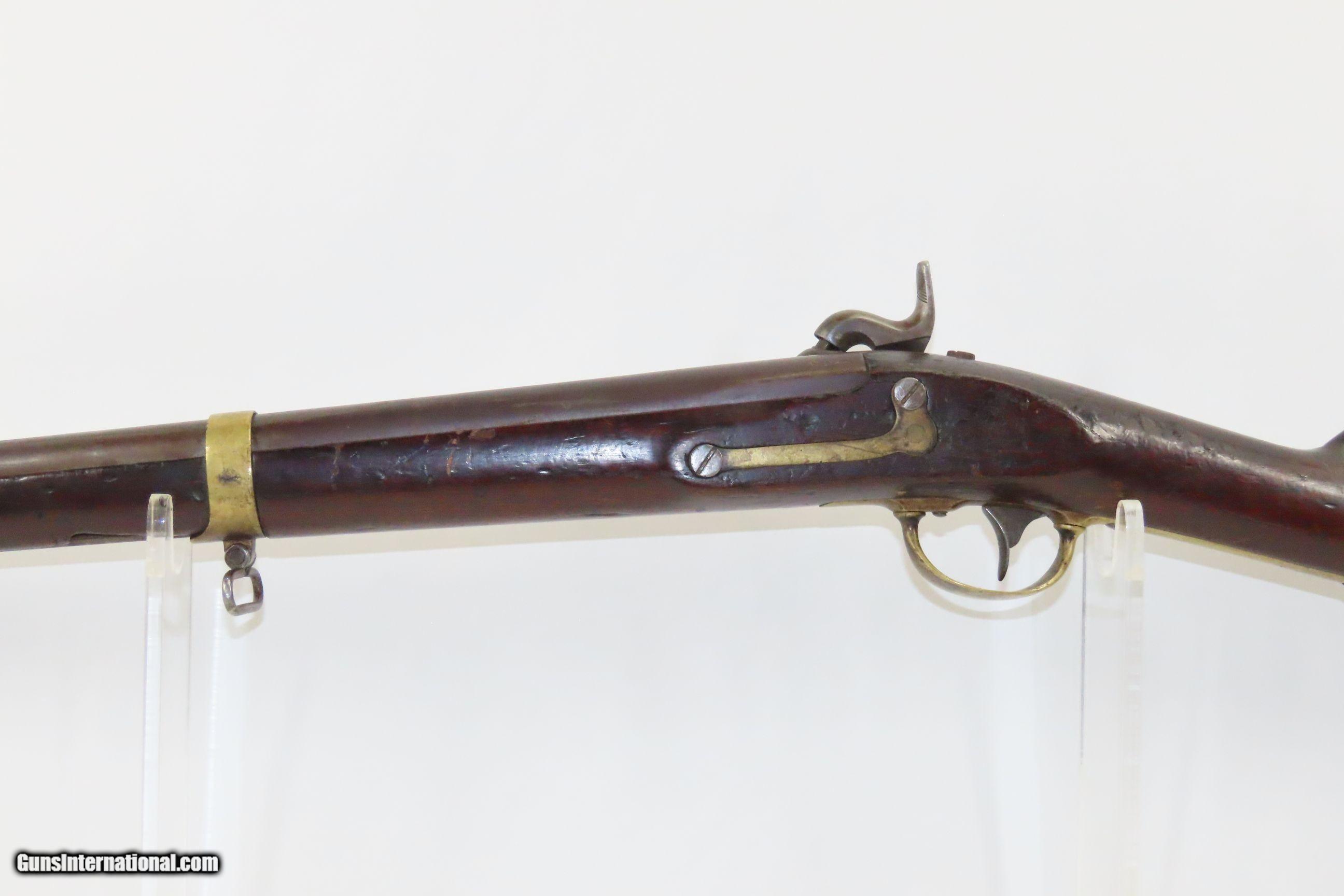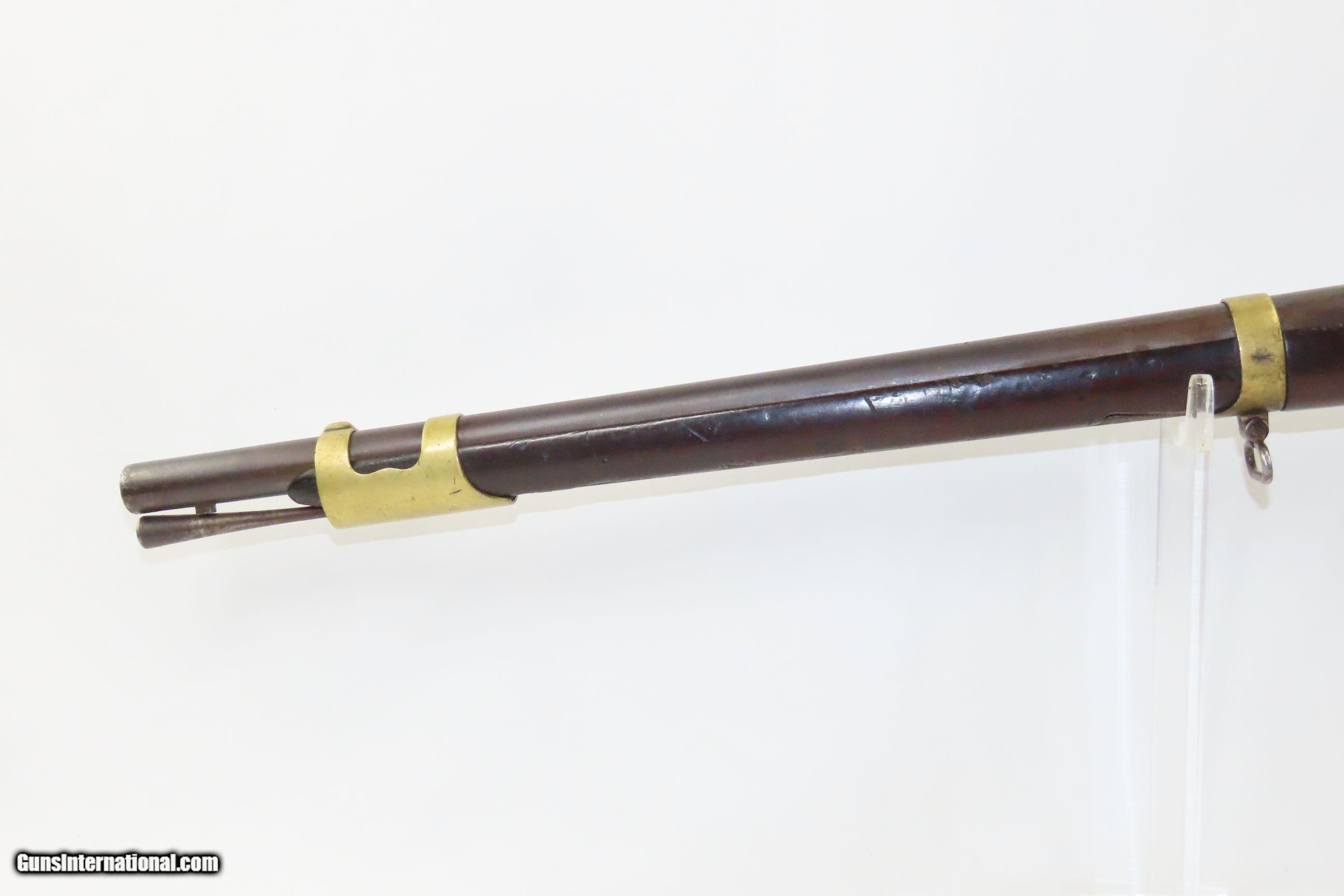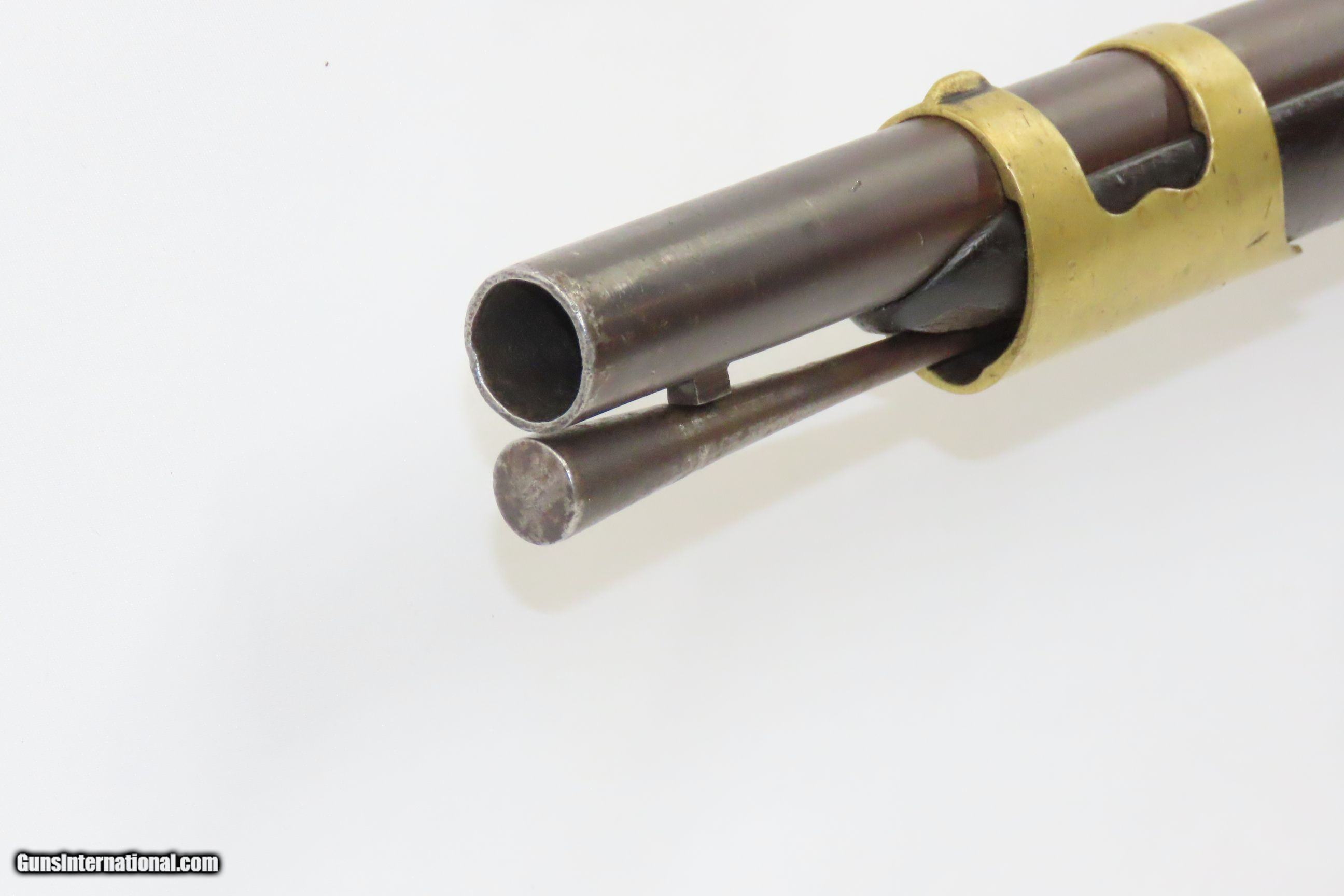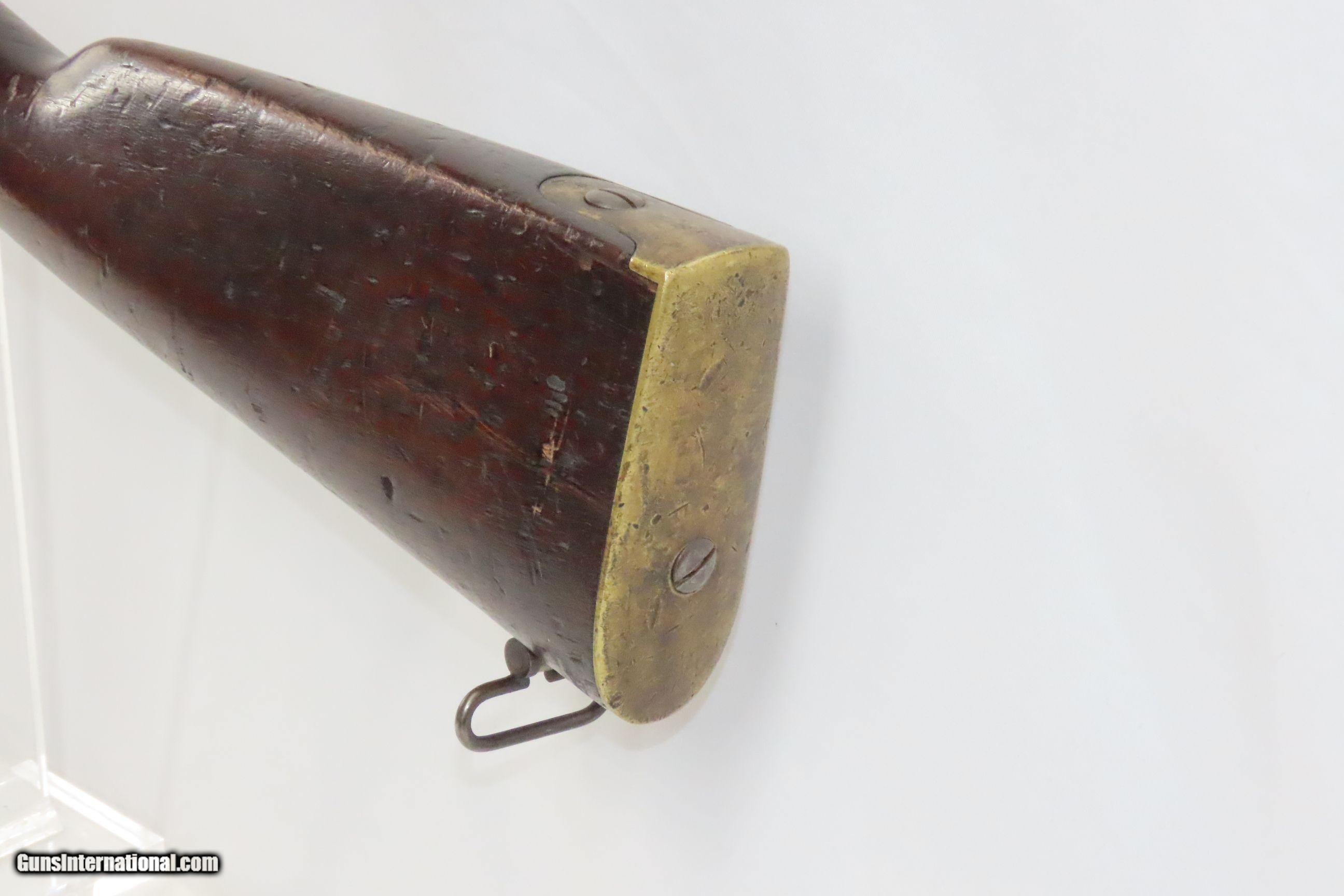Your Session is Ending
 The server has not detected any activity for the last 3 hours.
For your security, your session will expire in 2 minutes and you will be redirected to the Sign In page.
Would you like to stay signed in?
The server has not detected any activity for the last 3 hours.
For your security, your session will expire in 2 minutes and you will be redirected to the Sign In page.
Would you like to stay signed in?
1853 Antique U.S. SPRINGFIELD M1847 Cavalry Musketoon ARTILLERY ALTERATION 1 of 630 With This Alteration Performed – G. MOLLER for sale
1853 Antique U.S. SPRINGFIELD M1847 Cavalry Musketoon ARTILLERY ALTERATION 1 of 630 With This Alteration Performed – G. MOLLER for sale
Guns International #: 103357489
Seller's Inventory #: 230935
Category - Springfield Rifles - Antique
- Antique Rifles - 1500-1850
1853 Antique U.S. SPRINGFIELD M1847 Cavalry Musketoon ARTILLERY ALTERATION
1 of 630 With This Alteration Performed – G. MOLLER
Description:
1853 Antique U.S. SPRINGFIELD M1847 Cavalry Musketoon ARTILLERY ALTERATION
1 of 630 With This Alteration Performed – G. MOLLER
Here we present an antique Springfield Armory U.S. Model 1847 Percussion Cavalry Musketoon that has been altered to an Artillery Musketoon configuration, manufactured in 1853 in Springfield, Massachusetts and altered circa 1858-59. Production of the Model 1847 Cavalry Carbine began in 1847 although the first guns were not completed until 1848. The guns were produced exclusively at the Springfield Armory until 1854 during which a total of 5,802 carbines were produced. Additionally, Springfield also produced 1,030 Sappers and Miners Musketoons, and 3,210 Artillery Musketoons through 1856. Per George Moller, “In 1858-59, 630 cavalry musketoons were altered to the artillery musketoon configuration”.
By the mid-1850s these Cavalry Carbines were effectively obsolete, and many had been returned to ordnance stores. Several other attempts were undertaken in the late 1850s to update the carbines via rifling, or alteration to Merrill's breechloading system. In a near last ditch attempt to find something to do with the unwanted carbines, the Ordnance Department began altering them into "artillery" musketoons by removing the sling bar and swivel/chain rammer and adding a conventional ramrod, sling swivels, and an under mounted bayonet lug to accept the current Model 1835 socket bayonet. These new artillery musketoons were then issued to states as cadet musketoons as there were no more Model 1841 or Model 1851 Cadet Muskets available. Only about 630 of these musketoons were altered between 1858 and 1859, although there has been some speculation that additional numbers may have been adapted by Confederate Arsenals.
Muskets were designed for a dual purpose on the battlefield. They could be used as a ranged weapon, and they could also be used as a pike for short range fighting. Because they were used in a manner similar to a pike, muskets had to be long and heavy, which made them impractical for other uses. Because of this, many muskets were produced in a shorter version, often called a carbine or a musketoon, such as this example. These shorter weapons were often used by naval forces and cavalry. The Springfield Model 1847 musketoon was a shortened version of the Springfield Model 1842 standard infantry musket.
As mentioned above, there were three types of musketoons produced at Springfield between 1847 and 1859, those being the Artillery, Cavalry, and Sapper & Miner. Approximately 3,300 Musketoons were produced for the artillery with the total production of all three models estimated at approximately 10,000 carbines. The cavalry model was not highly regarded by those mounted troops to whom they were issued. Inspector General Joseph K. Mansfield conducted a tour of the Western outposts in 1853 and reported that the troops made many derogatory comments about their carbines. Dragoons told him that when the weapon was carried by a mounted trooper, the ball would simply roll out of the weapon's barrel. His report also stated that "there is no probable certainty of hitting the object aimed at, and the recoil is too great to be fired with ease." Mansfield concluded that the gun was essentially "a worthless arm," having "no advocates that I am aware of."
Along with usage during the Indian Wars and the Mexican-American War in 1846 through 1848, these would have used by both combatants at the outbreak of the American Civil War.
The overall condition is very good. Brown patina. The action is excellent. The bore is smooth and patinated. The walnut stock shows use and remains solid. Given that only 630 Model 1847 Carbines are known to have been altered in this manner means that these arms are quite scarce today. This would look especially nice in a collection of mounted service or cadet arms.
Own the original! This is a legitimate antique and not a reproduction.
Barrel is 26 inches.
Caliber: .69 Percussion
Overall condition as seen in photos.
Very Fast. Very Safe. FREE SHIPPING WORLDWIDE. Delivered directly to your door by express mail!
Guaranteed AUTHENTIC & Includes CERTIFICATE OF AUTHENTICITY.
ancestryguns
$3800
#230935
Antique: Yes
Price: $3,800.00
Buy Now
Pay with
Description:
1853 Antique U.S. SPRINGFIELD M1847 Cavalry Musketoon ARTILLERY ALTERATION
1 of 630 With This Alteration Performed – G. MOLLER
Here we present an antique Springfield Armory U.S. Model 1847 Percussion Cavalry Musketoon that has been altered to an Artillery Musketoon configuration, manufactured in 1853 in Springfield, Massachusetts and altered circa 1858-59. Production of the Model 1847 Cavalry Carbine began in 1847 although the first guns were not completed until 1848. The guns were produced exclusively at the Springfield Armory until 1854 during which a total of 5,802 carbines were produced. Additionally, Springfield also produced 1,030 Sappers and Miners Musketoons, and 3,210 Artillery Musketoons through 1856. Per George Moller, “In 1858-59, 630 cavalry musketoons were altered to the artillery musketoon configuration”.
By the mid-1850s these Cavalry Carbines were effectively obsolete, and many had been returned to ordnance stores. Several other attempts were undertaken in the late 1850s to update the carbines via rifling, or alteration to Merrill's breechloading system. In a near last ditch attempt to find something to do with the unwanted carbines, the Ordnance Department began altering them into "artillery" musketoons by removing the sling bar and swivel/chain rammer and adding a conventional ramrod, sling swivels, and an under mounted bayonet lug to accept the current Model 1835 socket bayonet. These new artillery musketoons were then issued to states as cadet musketoons as there were no more Model 1841 or Model 1851 Cadet Muskets available. Only about 630 of these musketoons were altered between 1858 and 1859, although there has been some speculation that additional numbers may have been adapted by Confederate Arsenals.
Muskets were designed for a dual purpose on the battlefield. They could be used as a ranged weapon, and they could also be used as a pike for short range fighting. Because they were used in a manner similar to a pike, muskets had to be long and heavy, which made them impractical for other uses. Because of this, many muskets were produced in a shorter version, often called a carbine or a musketoon, such as this example. These shorter weapons were often used by naval forces and cavalry. The Springfield Model 1847 musketoon was a shortened version of the Springfield Model 1842 standard infantry musket.
As mentioned above, there were three types of musketoons produced at Springfield between 1847 and 1859, those being the Artillery, Cavalry, and Sapper & Miner. Approximately 3,300 Musketoons were produced for the artillery with the total production of all three models estimated at approximately 10,000 carbines. The cavalry model was not highly regarded by those mounted troops to whom they were issued. Inspector General Joseph K. Mansfield conducted a tour of the Western outposts in 1853 and reported that the troops made many derogatory comments about their carbines. Dragoons told him that when the weapon was carried by a mounted trooper, the ball would simply roll out of the weapon's barrel. His report also stated that "there is no probable certainty of hitting the object aimed at, and the recoil is too great to be fired with ease." Mansfield concluded that the gun was essentially "a worthless arm," having "no advocates that I am aware of."
Along with usage during the Indian Wars and the Mexican-American War in 1846 through 1848, these would have used by both combatants at the outbreak of the American Civil War.
The overall condition is very good. Brown patina. The action is excellent. The bore is smooth and patinated. The walnut stock shows use and remains solid. Given that only 630 Model 1847 Carbines are known to have been altered in this manner means that these arms are quite scarce today. This would look especially nice in a collection of mounted service or cadet arms.
Own the original! This is a legitimate antique and not a reproduction.
Barrel is 26 inches.
Caliber: .69 Percussion
Overall condition as seen in photos.
Very Fast. Very Safe. FREE SHIPPING WORLDWIDE. Delivered directly to your door by express mail!
Guaranteed AUTHENTIC & Includes CERTIFICATE OF AUTHENTICITY.
ancestryguns
$3800
#230935
Antique: Yes
Price: $3,800.00
Buy Now
Pay with

Contact Seller
Click Photo to Enlarge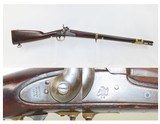
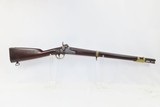
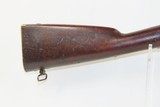
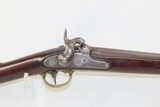
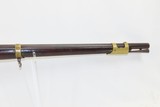
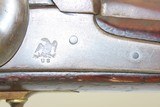
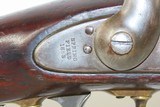
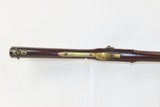

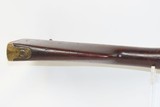
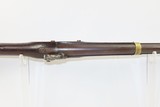
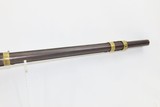


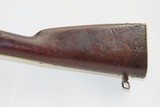
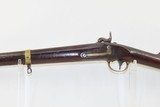

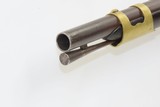
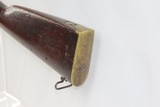
|
Guns International #: 103357489
Category - Springfield Rifles - Antique
- Antique Rifles - 1500-1850
1853 Antique U.S. SPRINGFIELD M1847 Cavalry Musketoon ARTILLERY ALTERATION
1 of 630 With This Alteration Performed – G. MOLLER
Description: 1853 Antique U.S. SPRINGFIELD M1847 Cavalry Musketoon ARTILLERY ALTERATION 1 of 630 With This Alteration Performed – G. MOLLER Here we present an antique Springfield Armory U.S. Model 1847 Percussion Cavalry Musketoon that has been altered to an Artillery Musketoon configuration, manufactured in 1853 in Springfield, Massachusetts and altered circa 1858-59. Production of the Model 1847 Cavalry Carbine began in 1847 although the first guns were not completed until 1848. The guns were produced exclusively at the Springfield Armory until 1854 during which a total of 5,802 carbines were produced. Additionally, Springfield also produced 1,030 Sappers and Miners Musketoons, and 3,210 Artillery Musketoons through 1856. Per George Moller, “In 1858-59, 630 cavalry musketoons were altered to the artillery musketoon configuration”. By the mid-1850s these Cavalry Carbines were effectively obsolete, and many had been returned to ordnance stores. Several other attempts were undertaken in the late 1850s to update the carbines via rifling, or alteration to Merrill's breechloading system. In a near last ditch attempt to find something to do with the unwanted carbines, the Ordnance Department began altering them into "artillery" musketoons by removing the sling bar and swivel/chain rammer and adding a conventional ramrod, sling swivels, and an under mounted bayonet lug to accept the current Model 1835 socket bayonet. These new artillery musketoons were then issued to states as cadet musketoons as there were no more Model 1841 or Model 1851 Cadet Muskets available. Only about 630 of these musketoons were altered between 1858 and 1859, although there has been some speculation that additional numbers may have been adapted by Confederate Arsenals. Muskets were designed for a dual purpose on the battlefield. They could be used as a ranged weapon, and they could also be used as a pike for short range fighting. Because they were used in a manner similar to a pike, muskets had to be long and heavy, which made them impractical for other uses. Because of this, many muskets were produced in a shorter version, often called a carbine or a musketoon, such as this example. These shorter weapons were often used by naval forces and cavalry. The Springfield Model 1847 musketoon was a shortened version of the Springfield Model 1842 standard infantry musket. As mentioned above, there were three types of musketoons produced at Springfield between 1847 and 1859, those being the Artillery, Cavalry, and Sapper & Miner. Approximately 3,300 Musketoons were produced for the artillery with the total production of all three models estimated at approximately 10,000 carbines. The cavalry model was not highly regarded by those mounted troops to whom they were issued. Inspector General Joseph K. Mansfield conducted a tour of the Western outposts in 1853 and reported that the troops made many derogatory comments about their carbines. Dragoons told him that when the weapon was carried by a mounted trooper, the ball would simply roll out of the weapon's barrel. His report also stated that "there is no probable certainty of hitting the object aimed at, and the recoil is too great to be fired with ease." Mansfield concluded that the gun was essentially "a worthless arm," having "no advocates that I am aware of." Along with usage during the Indian Wars and the Mexican-American War in 1846 through 1848, these would have used by both combatants at the outbreak of the American Civil War. The overall condition is very good. Brown patina. The action is excellent. The bore is smooth and patinated. The walnut stock shows use and remains solid. Given that only 630 Model 1847 Carbines are known to have been altered in this manner means that these arms are quite scarce today. This would look especially nice in a collection of mounted service or cadet arms. Own the original! This is a legitimate antique and not a reproduction. Barrel is 26 inches. Caliber: .69 Percussion Overall condition as seen in photos. Very Fast. Very Safe. FREE SHIPPING WORLDWIDE. Delivered directly to your door by express mail! Guaranteed AUTHENTIC & Includes CERTIFICATE OF AUTHENTICITY. ancestryguns $3800 #230935 Antique: Yes Price: $3,800.00 Buy Now Pay with 
Contact Seller |
Guns International #: 103357489
Seller's Inventory #: 230935
Category - Springfield Rifles - Antique
- Antique Rifles - 1500-1850
1853 Antique U.S. SPRINGFIELD M1847 Cavalry Musketoon ARTILLERY ALTERATION
1 of 630 With This Alteration Performed – G. MOLLER
Description:
1853 Antique U.S. SPRINGFIELD M1847 Cavalry Musketoon ARTILLERY ALTERATION
1 of 630 With This Alteration Performed – G. MOLLER
Here we present an antique Springfield Armory U.S. Model 1847 Percussion Cavalry Musketoon that has been altered to an Artillery Musketoon configuration, manufactured in 1853 in Springfield, Massachusetts and altered circa 1858-59. Production of the Model 1847 Cavalry Carbine began in 1847 although the first guns were not completed until 1848. The guns were produced exclusively at the Springfield Armory until 1854 during which a total of 5,802 carbines were produced. Additionally, Springfield also produced 1,030 Sappers and Miners Musketoons, and 3,210 Artillery Musketoons through 1856. Per George Moller, “In 1858-59, 630 cavalry musketoons were altered to the artillery musketoon configuration”.
By the mid-1850s these Cavalry Carbines were effectively obsolete, and many had been returned to ordnance stores. Several other attempts were undertaken in the late 1850s to update the carbines via rifling, or alteration to Merrill's breechloading system. In a near last ditch attempt to find something to do with the unwanted carbines, the Ordnance Department began altering them into "artillery" musketoons by removing the sling bar and swivel/chain rammer and adding a conventional ramrod, sling swivels, and an under mounted bayonet lug to accept the current Model 1835 socket bayonet. These new artillery musketoons were then issued to states as cadet musketoons as there were no more Model 1841 or Model 1851 Cadet Muskets available. Only about 630 of these musketoons were altered between 1858 and 1859, although there has been some speculation that additional numbers may have been adapted by Confederate Arsenals.
Muskets were designed for a dual purpose on the battlefield. They could be used as a ranged weapon, and they could also be used as a pike for short range fighting. Because they were used in a manner similar to a pike, muskets had to be long and heavy, which made them impractical for other uses. Because of this, many muskets were produced in a shorter version, often called a carbine or a musketoon, such as this example. These shorter weapons were often used by naval forces and cavalry. The Springfield Model 1847 musketoon was a shortened version of the Springfield Model 1842 standard infantry musket.
As mentioned above, there were three types of musketoons produced at Springfield between 1847 and 1859, those being the Artillery, Cavalry, and Sapper & Miner. Approximately 3,300 Musketoons were produced for the artillery with the total production of all three models estimated at approximately 10,000 carbines. The cavalry model was not highly regarded by those mounted troops to whom they were issued. Inspector General Joseph K. Mansfield conducted a tour of the Western outposts in 1853 and reported that the troops made many derogatory comments about their carbines. Dragoons told him that when the weapon was carried by a mounted trooper, the ball would simply roll out of the weapon's barrel. His report also stated that "there is no probable certainty of hitting the object aimed at, and the recoil is too great to be fired with ease." Mansfield concluded that the gun was essentially "a worthless arm," having "no advocates that I am aware of."
Along with usage during the Indian Wars and the Mexican-American War in 1846 through 1848, these would have used by both combatants at the outbreak of the American Civil War.
The overall condition is very good. Brown patina. The action is excellent. The bore is smooth and patinated. The walnut stock shows use and remains solid. Given that only 630 Model 1847 Carbines are known to have been altered in this manner means that these arms are quite scarce today. This would look especially nice in a collection of mounted service or cadet arms.
Own the original! This is a legitimate antique and not a reproduction.
Barrel is 26 inches.
Caliber: .69 Percussion
Overall condition as seen in photos.
Very Fast. Very Safe. FREE SHIPPING WORLDWIDE. Delivered directly to your door by express mail!
Guaranteed AUTHENTIC & Includes CERTIFICATE OF AUTHENTICITY.
ancestryguns
$3800
#230935
Antique: Yes
Price: $3,800.00
Buy Now
Pay with
Description:
1853 Antique U.S. SPRINGFIELD M1847 Cavalry Musketoon ARTILLERY ALTERATION
1 of 630 With This Alteration Performed – G. MOLLER
Here we present an antique Springfield Armory U.S. Model 1847 Percussion Cavalry Musketoon that has been altered to an Artillery Musketoon configuration, manufactured in 1853 in Springfield, Massachusetts and altered circa 1858-59. Production of the Model 1847 Cavalry Carbine began in 1847 although the first guns were not completed until 1848. The guns were produced exclusively at the Springfield Armory until 1854 during which a total of 5,802 carbines were produced. Additionally, Springfield also produced 1,030 Sappers and Miners Musketoons, and 3,210 Artillery Musketoons through 1856. Per George Moller, “In 1858-59, 630 cavalry musketoons were altered to the artillery musketoon configuration”.
By the mid-1850s these Cavalry Carbines were effectively obsolete, and many had been returned to ordnance stores. Several other attempts were undertaken in the late 1850s to update the carbines via rifling, or alteration to Merrill's breechloading system. In a near last ditch attempt to find something to do with the unwanted carbines, the Ordnance Department began altering them into "artillery" musketoons by removing the sling bar and swivel/chain rammer and adding a conventional ramrod, sling swivels, and an under mounted bayonet lug to accept the current Model 1835 socket bayonet. These new artillery musketoons were then issued to states as cadet musketoons as there were no more Model 1841 or Model 1851 Cadet Muskets available. Only about 630 of these musketoons were altered between 1858 and 1859, although there has been some speculation that additional numbers may have been adapted by Confederate Arsenals.
Muskets were designed for a dual purpose on the battlefield. They could be used as a ranged weapon, and they could also be used as a pike for short range fighting. Because they were used in a manner similar to a pike, muskets had to be long and heavy, which made them impractical for other uses. Because of this, many muskets were produced in a shorter version, often called a carbine or a musketoon, such as this example. These shorter weapons were often used by naval forces and cavalry. The Springfield Model 1847 musketoon was a shortened version of the Springfield Model 1842 standard infantry musket.
As mentioned above, there were three types of musketoons produced at Springfield between 1847 and 1859, those being the Artillery, Cavalry, and Sapper & Miner. Approximately 3,300 Musketoons were produced for the artillery with the total production of all three models estimated at approximately 10,000 carbines. The cavalry model was not highly regarded by those mounted troops to whom they were issued. Inspector General Joseph K. Mansfield conducted a tour of the Western outposts in 1853 and reported that the troops made many derogatory comments about their carbines. Dragoons told him that when the weapon was carried by a mounted trooper, the ball would simply roll out of the weapon's barrel. His report also stated that "there is no probable certainty of hitting the object aimed at, and the recoil is too great to be fired with ease." Mansfield concluded that the gun was essentially "a worthless arm," having "no advocates that I am aware of."
Along with usage during the Indian Wars and the Mexican-American War in 1846 through 1848, these would have used by both combatants at the outbreak of the American Civil War.
The overall condition is very good. Brown patina. The action is excellent. The bore is smooth and patinated. The walnut stock shows use and remains solid. Given that only 630 Model 1847 Carbines are known to have been altered in this manner means that these arms are quite scarce today. This would look especially nice in a collection of mounted service or cadet arms.
Own the original! This is a legitimate antique and not a reproduction.
Barrel is 26 inches.
Caliber: .69 Percussion
Overall condition as seen in photos.
Very Fast. Very Safe. FREE SHIPPING WORLDWIDE. Delivered directly to your door by express mail!
Guaranteed AUTHENTIC & Includes CERTIFICATE OF AUTHENTICITY.
ancestryguns
$3800
#230935
Antique: Yes
Price: $3,800.00
Buy Now
Pay with

Guns International #: 103357489
Seller's Inventory #: 230935


Guns International #: 103357489
Seller's Inventory #: 230935
Category - Springfield Rifles - Antique
- Antique Rifles - 1500-1850
1853 Antique U.S. SPRINGFIELD M1847 Cavalry Musketoon ARTILLERY ALTERATION
1 of 630 With This Alteration Performed – G. MOLLER
Description:
1853 Antique U.S. SPRINGFIELD M1847 Cavalry Musketoon ARTILLERY ALTERATION
1 of 630 With This Alteration Performed – G. MOLLER
Here we present an antique Springfield Armory U.S. Model 1847 Percussion Cavalry Musketoon that has been altered to an Artillery Musketoon configuration, manufactured in 1853 in Springfield, Massachusetts and altered circa 1858-59. Production of the Model 1847 Cavalry Carbine began in 1847 although the first guns were not completed until 1848. The guns were produced exclusively at the Springfield Armory until 1854 during which a total of 5,802 carbines were produced. Additionally, Springfield also produced 1,030 Sappers and Miners Musketoons, and 3,210 Artillery Musketoons through 1856. Per George Moller, “In 1858-59, 630 cavalry musketoons were altered to the artillery musketoon configuration”.
By the mid-1850s these Cavalry Carbines were effectively obsolete, and many had been returned to ordnance stores. Several other attempts were undertaken in the late 1850s to update the carbines via rifling, or alteration to Merrill's breechloading system. In a near last ditch attempt to find something to do with the unwanted carbines, the Ordnance Department began altering them into "artillery" musketoons by removing the sling bar and swivel/chain rammer and adding a conventional ramrod, sling swivels, and an under mounted bayonet lug to accept the current Model 1835 socket bayonet. These new artillery musketoons were then issued to states as cadet musketoons as there were no more Model 1841 or Model 1851 Cadet Muskets available. Only about 630 of these musketoons were altered between 1858 and 1859, although there has been some speculation that additional numbers may have been adapted by Confederate Arsenals.
Muskets were designed for a dual purpose on the battlefield. They could be used as a ranged weapon, and they could also be used as a pike for short range fighting. Because they were used in a manner similar to a pike, muskets had to be long and heavy, which made them impractical for other uses. Because of this, many muskets were produced in a shorter version, often called a carbine or a musketoon, such as this example. These shorter weapons were often used by naval forces and cavalry. The Springfield Model 1847 musketoon was a shortened version of the Springfield Model 1842 standard infantry musket.
As mentioned above, there were three types of musketoons produced at Springfield between 1847 and 1859, those being the Artillery, Cavalry, and Sapper & Miner. Approximately 3,300 Musketoons were produced for the artillery with the total production of all three models estimated at approximately 10,000 carbines. The cavalry model was not highly regarded by those mounted troops to whom they were issued. Inspector General Joseph K. Mansfield conducted a tour of the Western outposts in 1853 and reported that the troops made many derogatory comments about their carbines. Dragoons told him that when the weapon was carried by a mounted trooper, the ball would simply roll out of the weapon's barrel. His report also stated that "there is no probable certainty of hitting the object aimed at, and the recoil is too great to be fired with ease." Mansfield concluded that the gun was essentially "a worthless arm," having "no advocates that I am aware of."
Along with usage during the Indian Wars and the Mexican-American War in 1846 through 1848, these would have used by both combatants at the outbreak of the American Civil War.
The overall condition is very good. Brown patina. The action is excellent. The bore is smooth and patinated. The walnut stock shows use and remains solid. Given that only 630 Model 1847 Carbines are known to have been altered in this manner means that these arms are quite scarce today. This would look especially nice in a collection of mounted service or cadet arms.
Own the original! This is a legitimate antique and not a reproduction.
Barrel is 26 inches.
Caliber: .69 Percussion
Overall condition as seen in photos.
Very Fast. Very Safe. FREE SHIPPING WORLDWIDE. Delivered directly to your door by express mail!
Guaranteed AUTHENTIC & Includes CERTIFICATE OF AUTHENTICITY.
ancestryguns
$3800
#230935
Antique: Yes
Price: $3,800.00
Buy Now
Pay with
Description:
1853 Antique U.S. SPRINGFIELD M1847 Cavalry Musketoon ARTILLERY ALTERATION
1 of 630 With This Alteration Performed – G. MOLLER
Here we present an antique Springfield Armory U.S. Model 1847 Percussion Cavalry Musketoon that has been altered to an Artillery Musketoon configuration, manufactured in 1853 in Springfield, Massachusetts and altered circa 1858-59. Production of the Model 1847 Cavalry Carbine began in 1847 although the first guns were not completed until 1848. The guns were produced exclusively at the Springfield Armory until 1854 during which a total of 5,802 carbines were produced. Additionally, Springfield also produced 1,030 Sappers and Miners Musketoons, and 3,210 Artillery Musketoons through 1856. Per George Moller, “In 1858-59, 630 cavalry musketoons were altered to the artillery musketoon configuration”.
By the mid-1850s these Cavalry Carbines were effectively obsolete, and many had been returned to ordnance stores. Several other attempts were undertaken in the late 1850s to update the carbines via rifling, or alteration to Merrill's breechloading system. In a near last ditch attempt to find something to do with the unwanted carbines, the Ordnance Department began altering them into "artillery" musketoons by removing the sling bar and swivel/chain rammer and adding a conventional ramrod, sling swivels, and an under mounted bayonet lug to accept the current Model 1835 socket bayonet. These new artillery musketoons were then issued to states as cadet musketoons as there were no more Model 1841 or Model 1851 Cadet Muskets available. Only about 630 of these musketoons were altered between 1858 and 1859, although there has been some speculation that additional numbers may have been adapted by Confederate Arsenals.
Muskets were designed for a dual purpose on the battlefield. They could be used as a ranged weapon, and they could also be used as a pike for short range fighting. Because they were used in a manner similar to a pike, muskets had to be long and heavy, which made them impractical for other uses. Because of this, many muskets were produced in a shorter version, often called a carbine or a musketoon, such as this example. These shorter weapons were often used by naval forces and cavalry. The Springfield Model 1847 musketoon was a shortened version of the Springfield Model 1842 standard infantry musket.
As mentioned above, there were three types of musketoons produced at Springfield between 1847 and 1859, those being the Artillery, Cavalry, and Sapper & Miner. Approximately 3,300 Musketoons were produced for the artillery with the total production of all three models estimated at approximately 10,000 carbines. The cavalry model was not highly regarded by those mounted troops to whom they were issued. Inspector General Joseph K. Mansfield conducted a tour of the Western outposts in 1853 and reported that the troops made many derogatory comments about their carbines. Dragoons told him that when the weapon was carried by a mounted trooper, the ball would simply roll out of the weapon's barrel. His report also stated that "there is no probable certainty of hitting the object aimed at, and the recoil is too great to be fired with ease." Mansfield concluded that the gun was essentially "a worthless arm," having "no advocates that I am aware of."
Along with usage during the Indian Wars and the Mexican-American War in 1846 through 1848, these would have used by both combatants at the outbreak of the American Civil War.
The overall condition is very good. Brown patina. The action is excellent. The bore is smooth and patinated. The walnut stock shows use and remains solid. Given that only 630 Model 1847 Carbines are known to have been altered in this manner means that these arms are quite scarce today. This would look especially nice in a collection of mounted service or cadet arms.
Own the original! This is a legitimate antique and not a reproduction.
Barrel is 26 inches.
Caliber: .69 Percussion
Overall condition as seen in photos.
Very Fast. Very Safe. FREE SHIPPING WORLDWIDE. Delivered directly to your door by express mail!
Guaranteed AUTHENTIC & Includes CERTIFICATE OF AUTHENTICITY.
ancestryguns
$3800
#230935
Antique: Yes
Price: $3,800.00
Buy Now
Pay with

Contact Seller
Buy Now
Guns International Advertising Policy
GunsInternational.com is the #1 Gun Classified website that brings gun buyers and gun brokers or sellers together through classified advertising of guns, gun related items and services for sale online. If you are looking to buy guns online or sell guns online, you have come to the right place. GunsInternational.com gun classifieds currently have over 200,000 guns for sale online by numerous dealers and collectors alike. Guns International makes no representation or warranty as to the accuracy of the information contained in the gun classifieds, gun parts or gun services classifieds listings. Buyers and sellers are required to know and comply with all applicable local, state, federal and international firearm laws.
GunsInternational.com is the #1 Gun Classified website that brings gun buyers and gun brokers or sellers together through classified advertising of guns, gun related items and services for sale online. If you are looking to buy guns online or sell guns online, you have come to the right place. GunsInternational.com gun classifieds currently have over 200,000 guns for sale online by numerous dealers and collectors alike. Guns International makes no representation or warranty as to the accuracy of the information contained in the gun classifieds, gun parts or gun services classifieds listings. Buyers and sellers are required to know and comply with all applicable local, state, federal and international firearm laws.
Listings
Home
New Today
New This Week
Rifles For Sale Online
Shotguns For Sale Online
Handguns For Sale Online
Pistols For Sale Online
Revolvers For Sale Online
NFA
Gun Parts For Sale Online
Services
Home
New Today
New This Week
Rifles For Sale Online
Shotguns For Sale Online
Handguns For Sale Online
Pistols For Sale Online
Revolvers For Sale Online
NFA
Gun Parts For Sale Online
Services
©2006 - 2025 all rights reserved. | Guns International.com | V4.1 ww3



Privacy Policy
User Agreement
FAQs
Contact Us
Careers
©2006 - 2025 all rights reserved.
Guns International.com | V4.1 ww3
Guns International.com | V4.1 ww3


